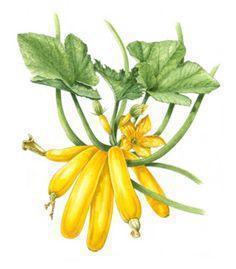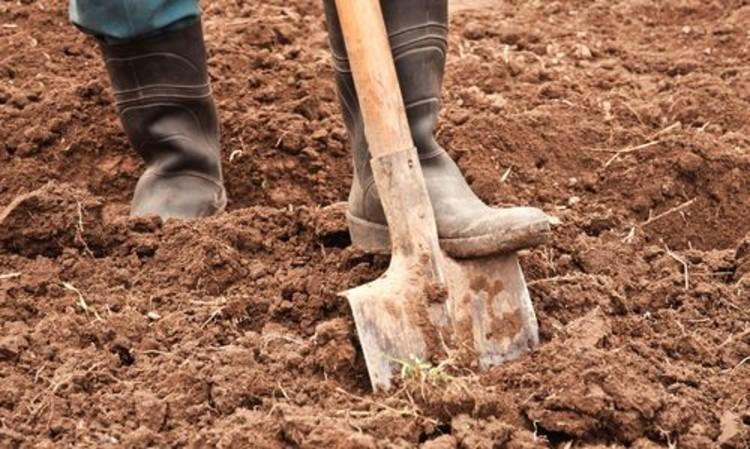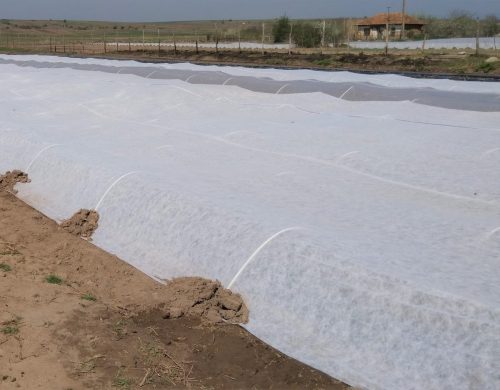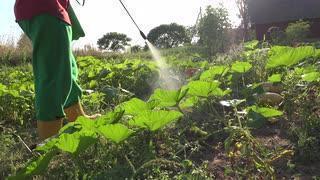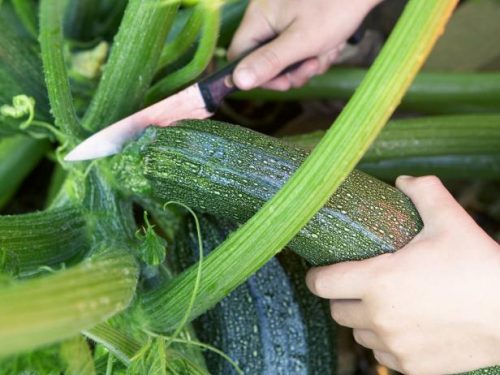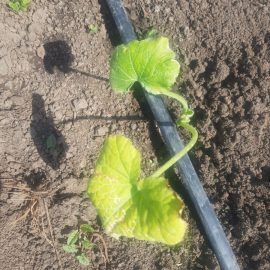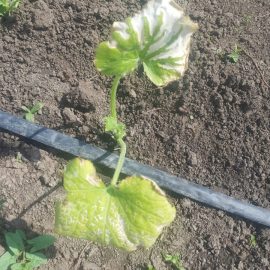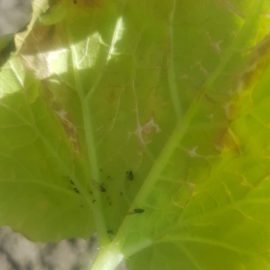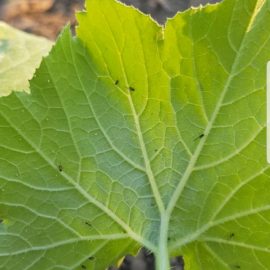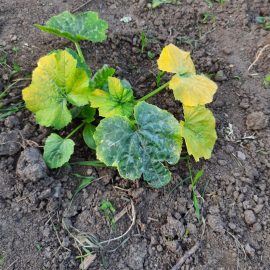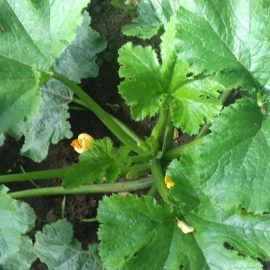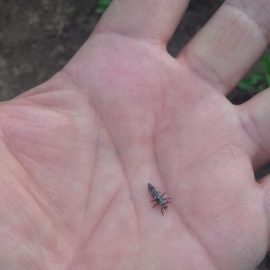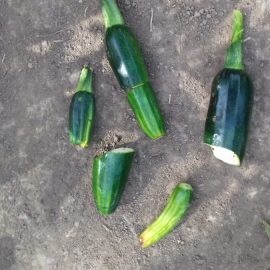Zucchini, information about crop management
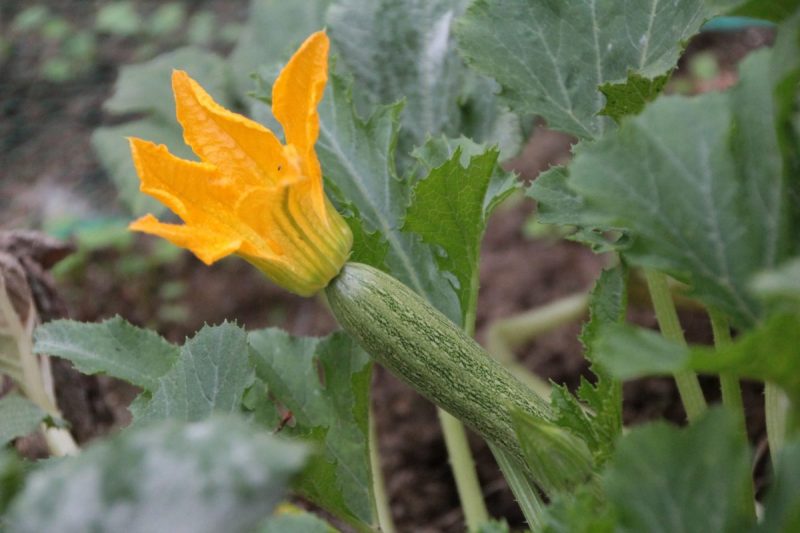
Zucchini (Cucurbita pepo) is cultivated for its fruits, which are eaten at various stages of ripeness. Zucchini fruits are used in food, being a source of vitamins and minerals, or in the pharmaceutical industry. It is native to Central America and Mexico, where it is also found in spontaneous flora. It is cultivated in most European countries.
Zucchini has a well-developed root system with a high capacity to absorb water and nutrients from the soil. The stem grows as an erect, vigorous bush with short branches, but there are varieties with long, creeping vines. The leaves are large, with long petioles. Both stems and leaves are covered with rough hairs. The flowers are unisexual, large, yellow. The female flowers have an ovary in the shape of the future fruit, and the male flowers are grouped 2-3 per plant. The fruit is a cylindrical melon with large, oval, flattened seeds. The germinating capacity lasts up to eight years.
Climate and soil requirements
Zucchini seeds germinate at temperatures above 12℃, and the optimum growing temperature is between 20-25℃. Zucchini is very light demanding, and yields decrease considerably in shaded areas. Moisture requirements are high, but it also resists well to drought due to its developed roots. It prefers deep, loose, weed-free soils, sheltered from draughts.
Cultivation
Crop rotation
Zucchini is suitable for autumn or spring crops. Spring zucchini can be grown after green onions, lettuce, spinach, green garlic, and lettuce. The autumn crop can be grown after beans, peas, early potatoes, etc.
Soil preparation
This work starts in autumn and includes basic fertilization with organic or chemical fertilizers. Fertilizers should be incorporated into the soil when plowing. In spring, apply fertilizers with a higher nitrogen content or balanced fertilizers.
Planting
The courgette crop can be established by seed or seedling. Sowing can take place at 10-15 day intervals, starting at the end of April. To obtain autumn zucchini, sow in June. For earlier harvests, use seedlings 25-30 days old, which can be planted in tunnels covered with polythene or agril foil. Agril foil can also be used to cover the entire crop, both in the field and in protected areas. As varieties, those growing as bushes are used more than those with creeping stems.
The distances should be 100-120 cm between rows and 60-70 cm between plants per row, with a sowing depth of 2-3 cm. Before sowing, seed treatment is recommended.
After planting, the crop can be irrigated and fertilized with products that stimulate rooting. At the next irrigation, products can be applied to improve fertility and soil structure and to create better root absorption conditions.
Pests and disease control
It is done by applying treatments with approved fungicides or insecticides. To avoid the appearance of diseases or pests resistant to plant protection products, it is recommended to alternate products. Use products with a short preharvest interval because zucchini have a short growing season.
Weed control
In this crop, 3-4 hoeings can be carried out to control weeds and keep the soil loose. Mulching with polyethylene foil or various organic materials is also an effective method of controlling weeds and maintaining soil moisture and temperature as close as possible to optimal values. In addition, this can reduce the number of maintenance works.
Other tips and care work
Irrigation should be carried out preferably by drip irrigation, as the plant’s requirements are high. Sprinkling irrigation is not recommended because watering the aerial parts of the plants favors the appearance of diseases.
1-2 weeks after planting, apply balanced or higher phosphorus fertilizers, and after the plants begin to form fruit, apply fertilizers with a higher potassium content. Foliar fertilizers can also be applied.
Recommended products
-
You can find products on a different store
Change Store -
You can find products on a different store
Change Store -
You can find products on a different store
Change Store -
You can find products on a different store
Change Store -
You can find products on a different store
Change Store -
You can find products on a different store
Change Store -
You can find products on a different store
Change Store -
You can find products on a different store
Change Store -
You can find products on a different store
Change Store -
You can find products on a different store
Change Store -
You can find products on a different store
Change Store -
You can find products on a different store
Change Store -
You can find products on a different store
Change Store -
You can find products on a different store
Change Store -
You can find products on a different store
Change Store -
You can find products on a different store
Change Store -
You can find products on a different store
Change Store -
You can find products on a different store
Change Store -
You can find products on a different store
Change Store -
You can find products on a different store
Change Store -
You can find products on a different store
Change Store -
You can find products on a different store
Change Store -
You can find products on a different store
Change Store -
You can find products on a different store
Change Store
To help plants overcome stressful periods, it is recommended to use foliar and root fertilizers with specific products. Root products can be applied to improve soil structure and root uptake.
Harvesting
Harvesting starts about 60-70 days after emergence and lasts until the first frost (autumn crop). The operation is carried out by cutting the fruit stalk, in the morning, after the dew has evaporated. Harvest the fruit when they are 6-10 cm long or 12-15 cm. Do not leave ripe fruit on the plant as this will cause premature aging. Zucchini can be kept for 2-3 days in normal temperature and humidity conditions or for about 10 days in controlled atmosphere storage.














































































































































































































































































































































































































































